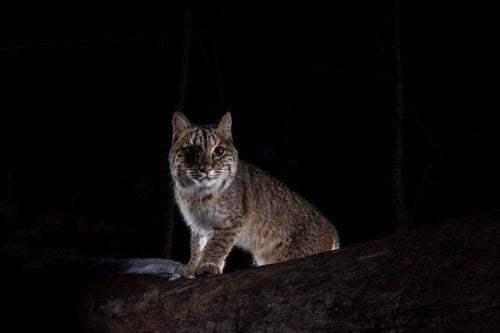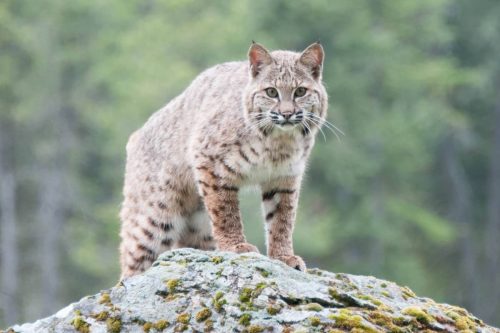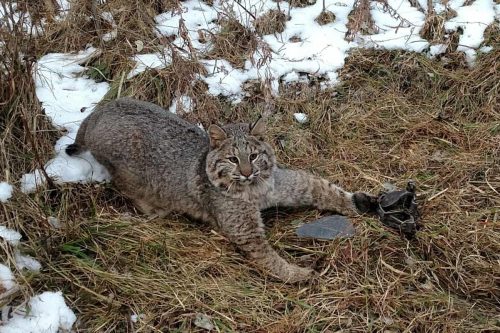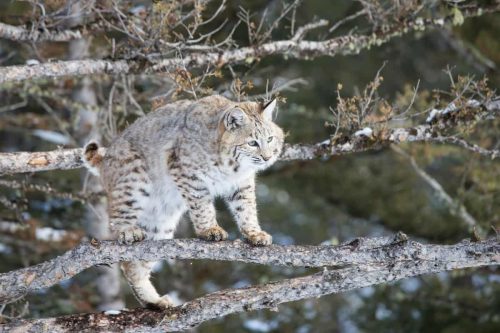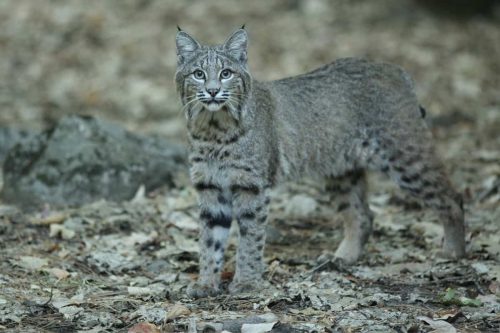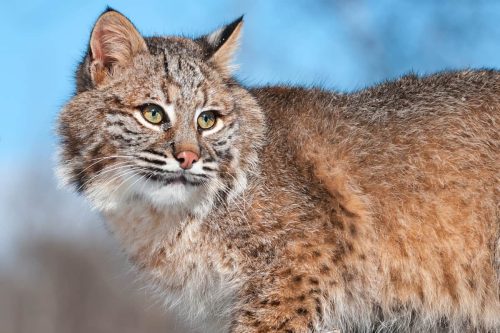How Long Do Bobcats Live: Lifespan Of A Bobcat
Bobcats are the wild cats of the North American continent. These cats are well-known for their unique features. There are a lot of people who are interested in the lifespan of bobcat. Bobcats are wild cats and mainly reside in the wilderness. The size of these cats is two times the size of a normal house cat or domestic cat. But the lifespan of bobcats is much shorter than house cats and it is almost half of the domestic cats.
The life expectancy of the bobcat also depends upon many factors like the kind of environment or habitat they are living in, an abundance of prey in their local areas, competition of these cats with other wild animals, and the presence of bobcat predators in their local areas. The lifespan of the bobcat also depends upon whether the bobcat is living in the wilderness or in captivity. In this article, we are going to discuss the lifespan of a bobcat in detail to let you know why these cats live longer than they live in the wilderness.

Contents
Different periods of bobcats life
The lifespan of the bobcat also depends upon the different phases of life which the bobcat goes through. Let’s discuss these different phases of life. In this discussion, we will let you know what bobcats have to face in these different stages of life.
The early phase of life
In the first year of birth, bobcat kittens always remain with their mother and learn various survival techniques while roaming around in the wilderness. Gradually, these cats become used to their local habitat. If the local environment is very harsh, then these kittens might not survive for a longer period, or in some cases, they also have to face some diseases which end in their death.
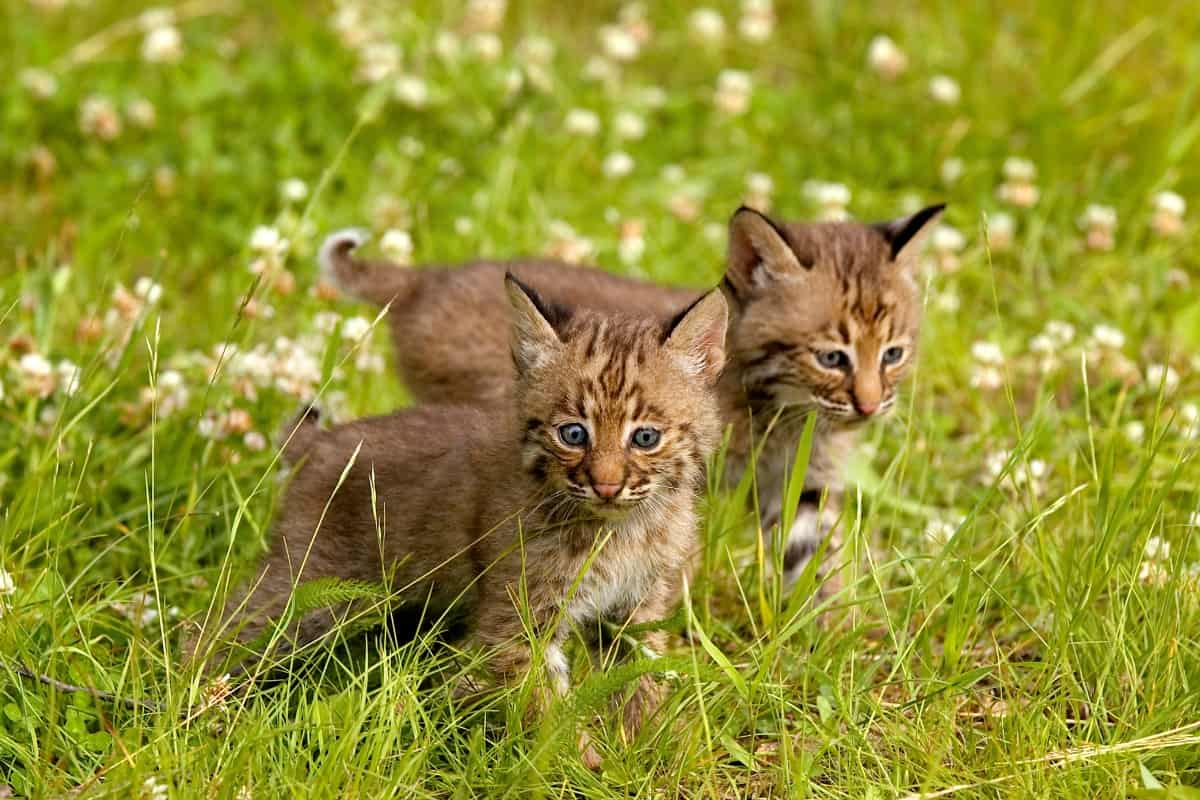
The transition phase of life
This is a practical period of life or you can say the test period of a bobcat. In this period, bobcats have to apply all the survival and hunting techniques they have learned from their mother. Now, they have to utilize their natural instincts for making all the important decisions in their life. They have to hunt their own prey and also prepare themselves for reproduction.
Female bobcats start their mating as soon as possible but male bobcats take some time. In the transition period, the bobcats also have to keep themselves safe from their predators and they also need to be adaptable to their local weather conditions and temperatures.
The later period of life
As bobcats grow older, they start losing their immunity and survival capabilities. They are considered senseless and less agile. These things increase their vulnerabilities in the wilderness. Predators might take advantage of their weakness and the bobcats eventually become a victim.
However, some of the bobcats still act very vigilantly and also keep themselves safe from predators even in their old age. At this age, bobcats also have to face some chronic health issues. The primary health issue which they have to face is the Notoedric mange. It usually happens between the age of 7 to 9 years old.
How long do bobcats live?
The life span of the bobcats depends upon many factors like the availability of prey and predators in their local habitat as well as local weather conditions. Some bobcats are easily adaptable to their local habitat and survive for a very long period as compared to other cats who don’t very long. The life span of the bobcats also depends upon whether these cats are living in the wilderness or in captivity. In the wilderness, bobcats die earlier as compared to in captivity where they are fully taken care of.
How long do bobcats live in the wilderness?
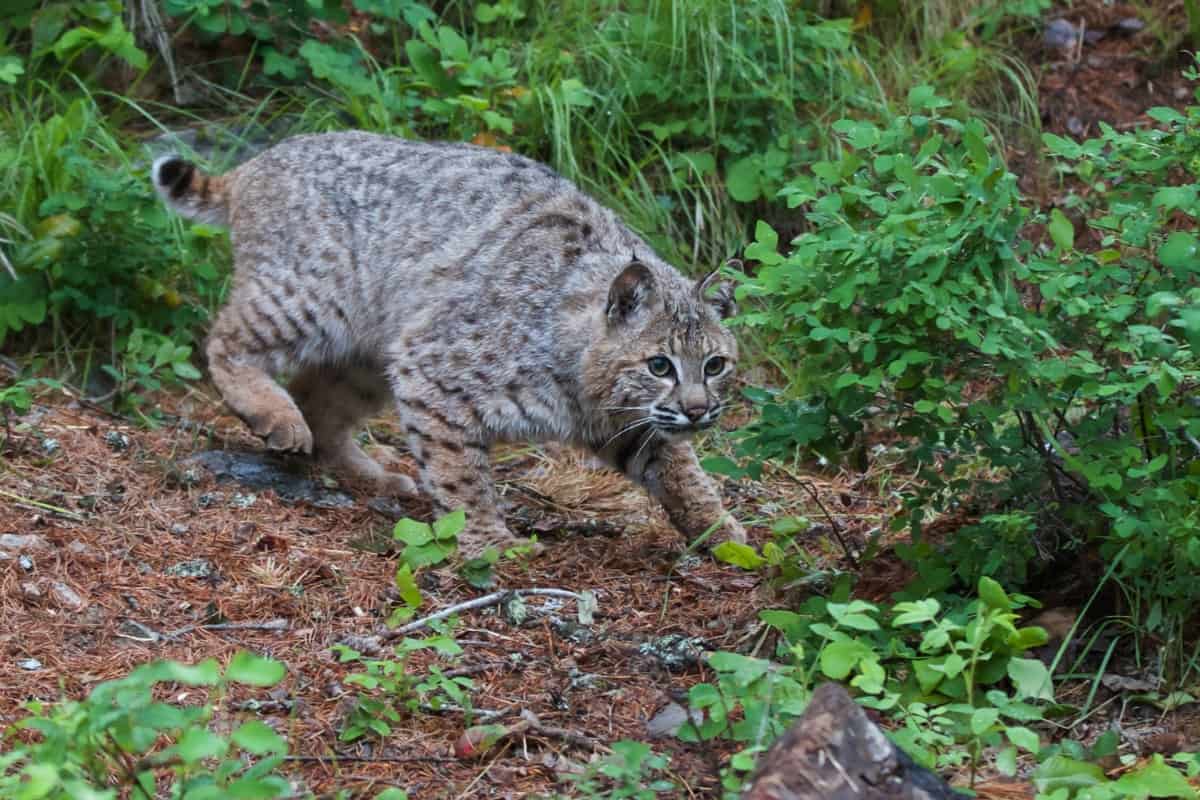
On average, bobcats live 5 to 10 years in the wilderness. Some bobcats have also been living up to 10 or 12 years in the wilderness if they are facing good conditions. The oldest sustaining bobcat in the wilderness has been 16 years old. Some of the bobcats also die in the early period of their life if they are not good enough in their hunting skills and hiding skills. These cats will die much earlier if they are weak in catching prey.
How long do bobcats live in captivity?

Generally, animals live longer in captivity as compared to the wilderness. The same is the case with the bobcats. On average, bobcats live up to 10 years in captivity but it could also be longer than this. The oldest bobcat in captivity has been 32 years old. Usually, the bobcats are kept in captivity as exotic pets or if you find any kittens with no parents. In captivity, bobcats enjoy many facilities under the care of professionals. That’s why they easily cross the 20 years figure.
Factors that impact the lifespan of bobcat
Several factors play a very important role in extending or reducing the lifespan of a bobcat. Some of these factors are early-stage death, food availability, predation, injuries, competition, diseases, and human intervention, etc. let’s briefly discuss these factors one by one.
1) Juvenile death
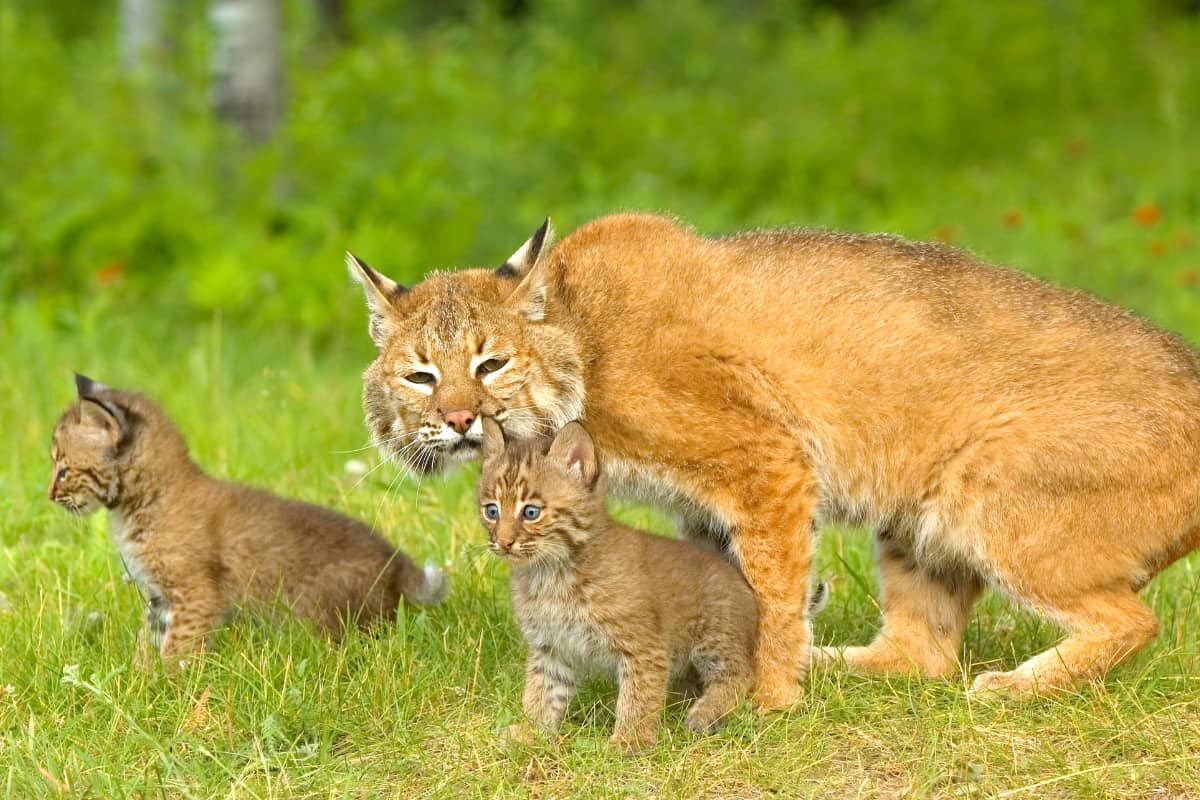
The kitten bobcats have very less immunity and are more susceptible to becoming a victim of predators. These kittens are fully dependent on their mothers until they become 8 months old. Overall. The survival of the kitten depends upon the following factors. If the mother of the bobcats is not experienced enough then these cats may neglect their kitten and it resultantly ends in their death.
Sometimes female bobcats also abandoned their kits at the time of birth due to trauma. If there is a scarcity of food in the local habitat then female bobcats also don’t take care of their kits. Generally, bobcat kittens are also at the highest risk of catching by predators. Bobcat kittens also face some parasite-like diseases at birth.
2) Fatal Injuries
Bobcats also get injured while hunting their prey. Sometimes they get a serious or fatal injury that doesn’t heal early. In this case, these cats become easy prey to large predators like mountain lions, panthers, etc. Bobcats are mainly injured while hunting some big animals like deer, elk, etc. That’s why bobcats prefer to prey on small mammals to keep themselves safe from injury. Usually, they try to capture large animals if small mammals are scarce in their local habitat.
3) Food scarcity
Food is a highly crucial factor for the long-term survival of bobcats in the wilderness. If the prey is scarce in their local habitat and these cats are not consuming enough food, it reduces their immunity and these cats become easy victims of their predators, harsh weather, etc. That’s why bobcats always like to catch easily available and easily controllable prey.
4) Predation
Bobcats are also hunted by large animals like wolves, mountain lions, and alligators. These cats are also at risk of other animals like fishers, cougars, etc. Some wild animals like coyotes, bears, eagles, foxes, and fishers occasionally attack adult bobcats but can easily prey on bobcat kits.
5) Parasites
Bobcats also have to face some parasites and chronic diseases from the time of their birth. The lifespan of the bobcats also depends upon the healing of these diseases. Some of these diseases might be curable but many are very fatal and result in the death of the bobcat. The most common fatal disease the bobcats have to face is notoedric mange.
6) Human hunting
Bobcats are also very lucrative for their fur and pelts. These cats have been hunted throughout the North American continent for the sake of their fur until their survival become at risk. Now the population of bobcats is quite stable in most of the states of the USA. That’s why hunting and trapping have been again permitted but for a limited time and numbers. There are also certain rules and regulations which you need to follow for doing this activity.
Population of bobcat
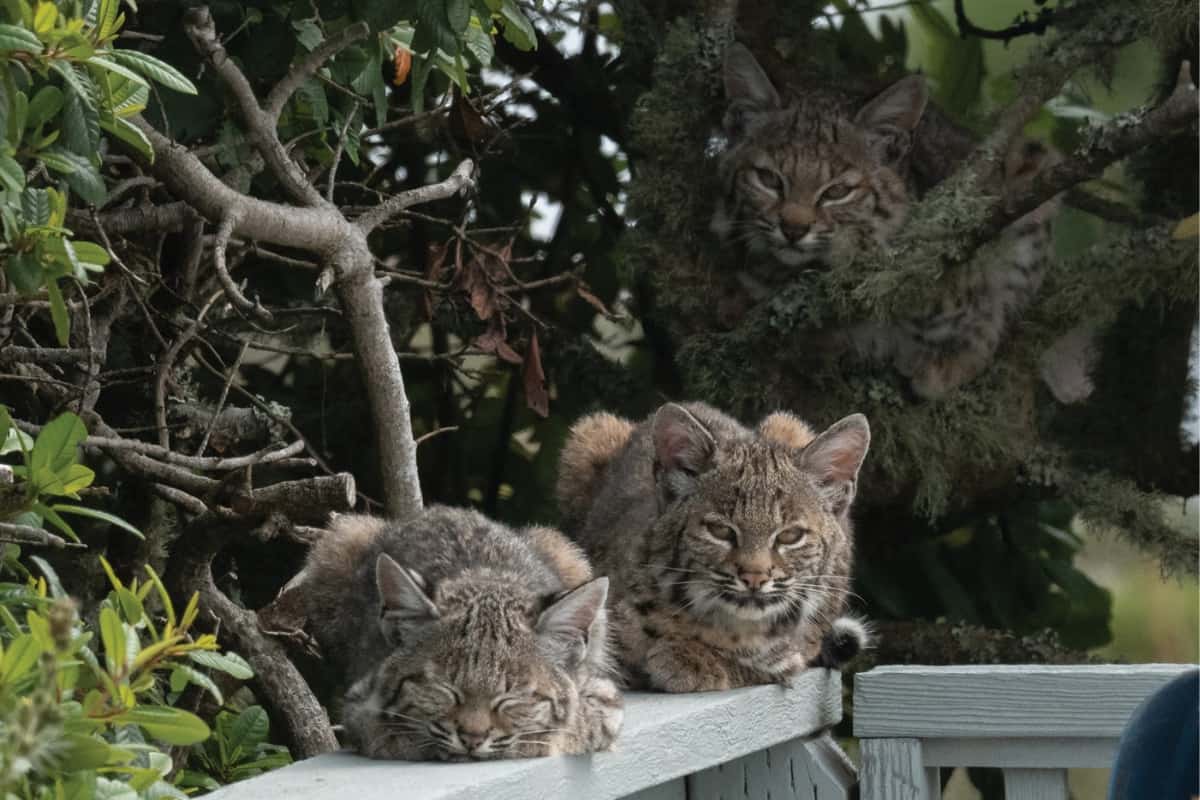
Since the large-scale conservation efforts throughout the North American continent, the population of bobcats has become quite stable in most of the states of the USA. In 2021, it was estimated that there were above one million bobcats in all the states of the USA. The reproduction rate of these cats is also quite higher as compared to their death rate. It happened because the bobcats start mating as soon as they reach the age of maturity.
However, the habitat of the bobcats is nowadays being disturbed by harsh weather and human settlements. That’s why bobcats have to move a lot from one region to another and resultantly the mating season is also delayed. Overall, the bobcats can give birth to at least 6 kittens in a single mating season.
Bobcats life cycle
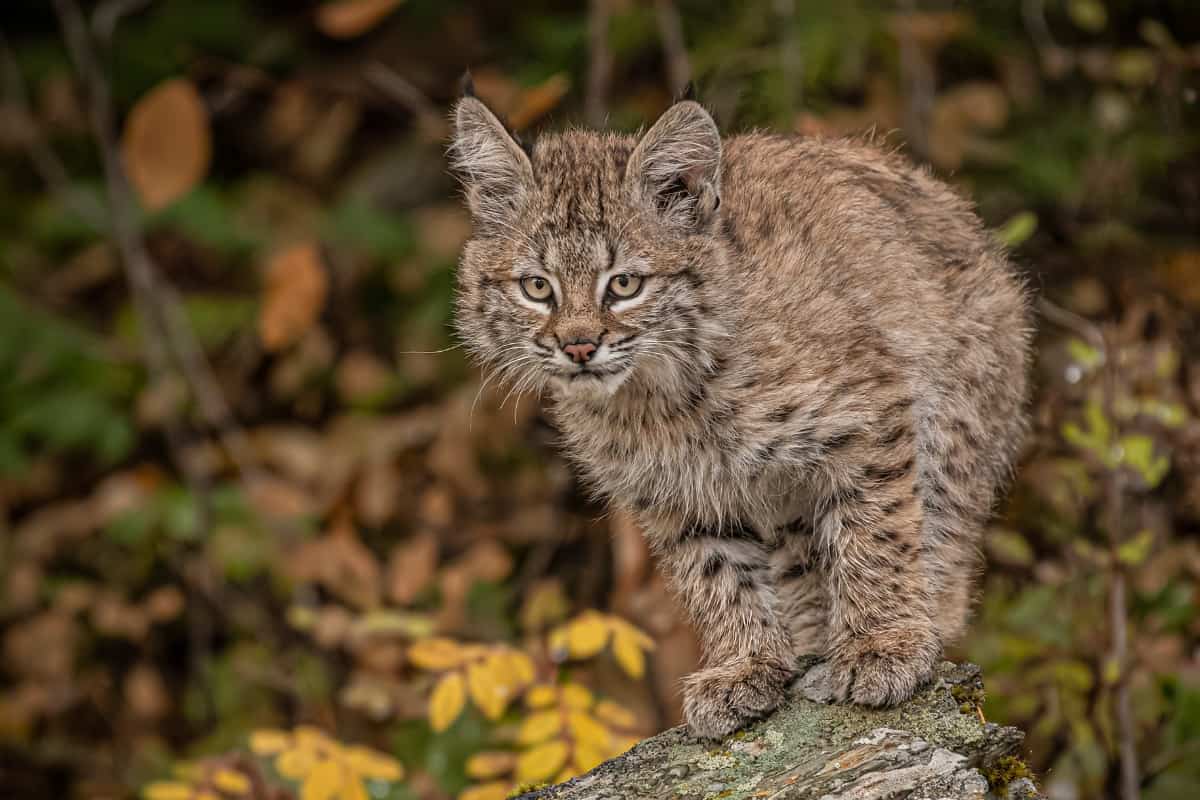
Bobcats are usually born in the month of April or May. At the time of birth, the eyes of cats are closed and the eyes open only after 10 days. These cats have been named kittens. Initially, these are helpless kittens and rely on their mother for feed. After almost 1 year, these cats become younger and start some hunting practices. After one year, bobcats leave their mother and hunt and survive on their own.
Bobcats reach the age of maturity or adulthood after almost 1-2 years. After reaching the age of adulthood, these cats start mating in February and March. As these cats grow old over time, bobcats also become less efficient in hunting. Female bobcats give birth to kittens two times a year and these cats reproduce until they are dead. Generally, the life cycle of a bobcat is generally divided into the following stages.
| Time of life | Behavior |
|---|---|
| 2 months | Completely dependent on their mother for survival. |
| 2-11 months | Learn hunting skills, and become independent. |
| 12 months old | Reach the age of maturity or adulthood. |
| 24 months old | They start reproducing. |
| At 2 years | Fully mature and live a normal life. |
| At 7 years | Reduce hunting efficiency and slowly start aging. |
| 10-15 years old | Peak age in the wilderness |
Frequently asked questions
Conclusion
We have explained the life span of a bobcat in detail in this article. By reading this article, you can easily analyze how long do bobcats live in the wilderness as well as in captivity. Usually, bobcats live longer in captivity than in the wilderness. We have explained all the factors which could play a critical role in the death of a bobcat. We have also explained the life cycle of the bobcat from the time of birth to young age and ultimately the later stage of life.

Izzy is an experienced ranch worker who has a passion for exploring nature and getting up close to wildlife. With her connections to various animal organizations, Izzy is well-versed in animal care and rehabilitation.

